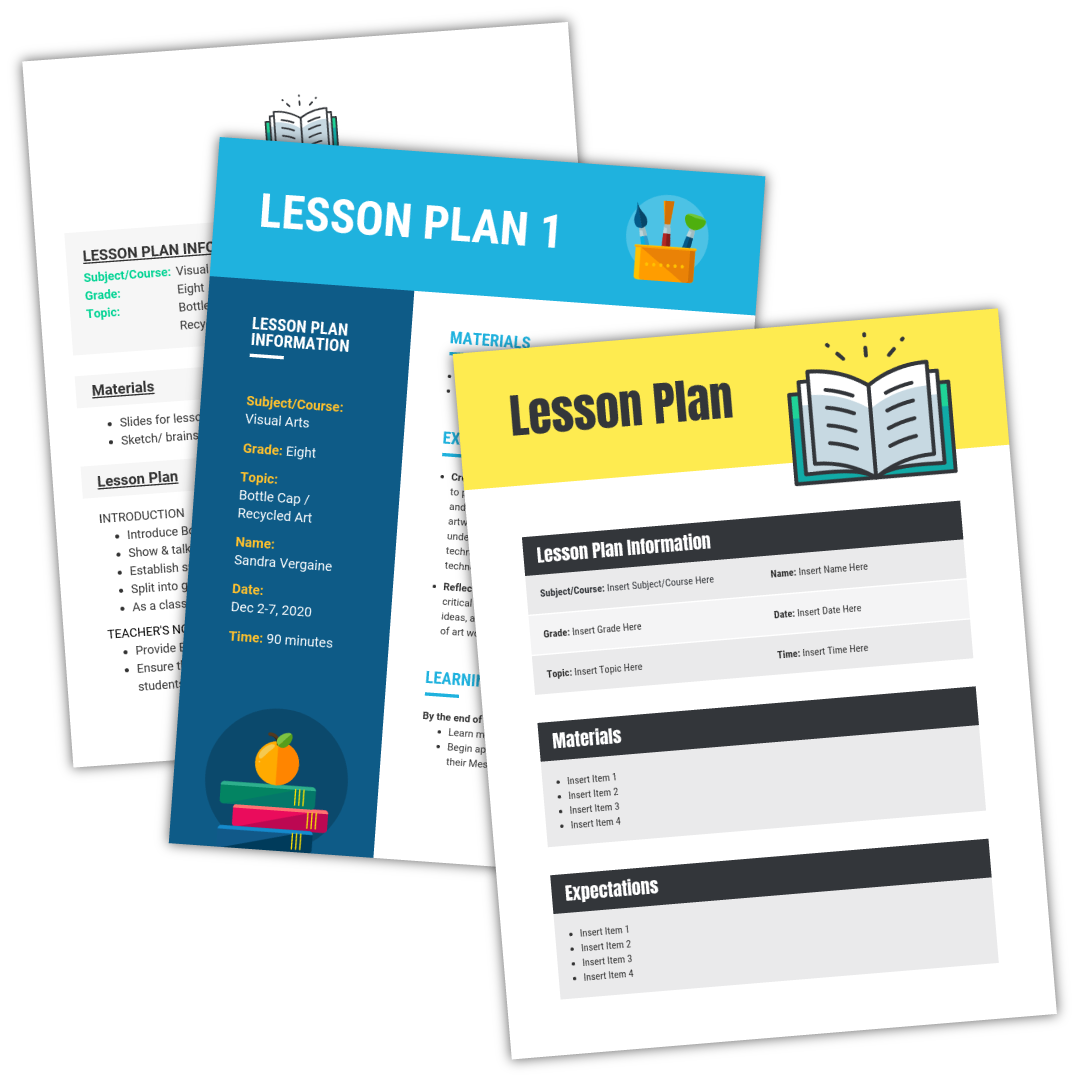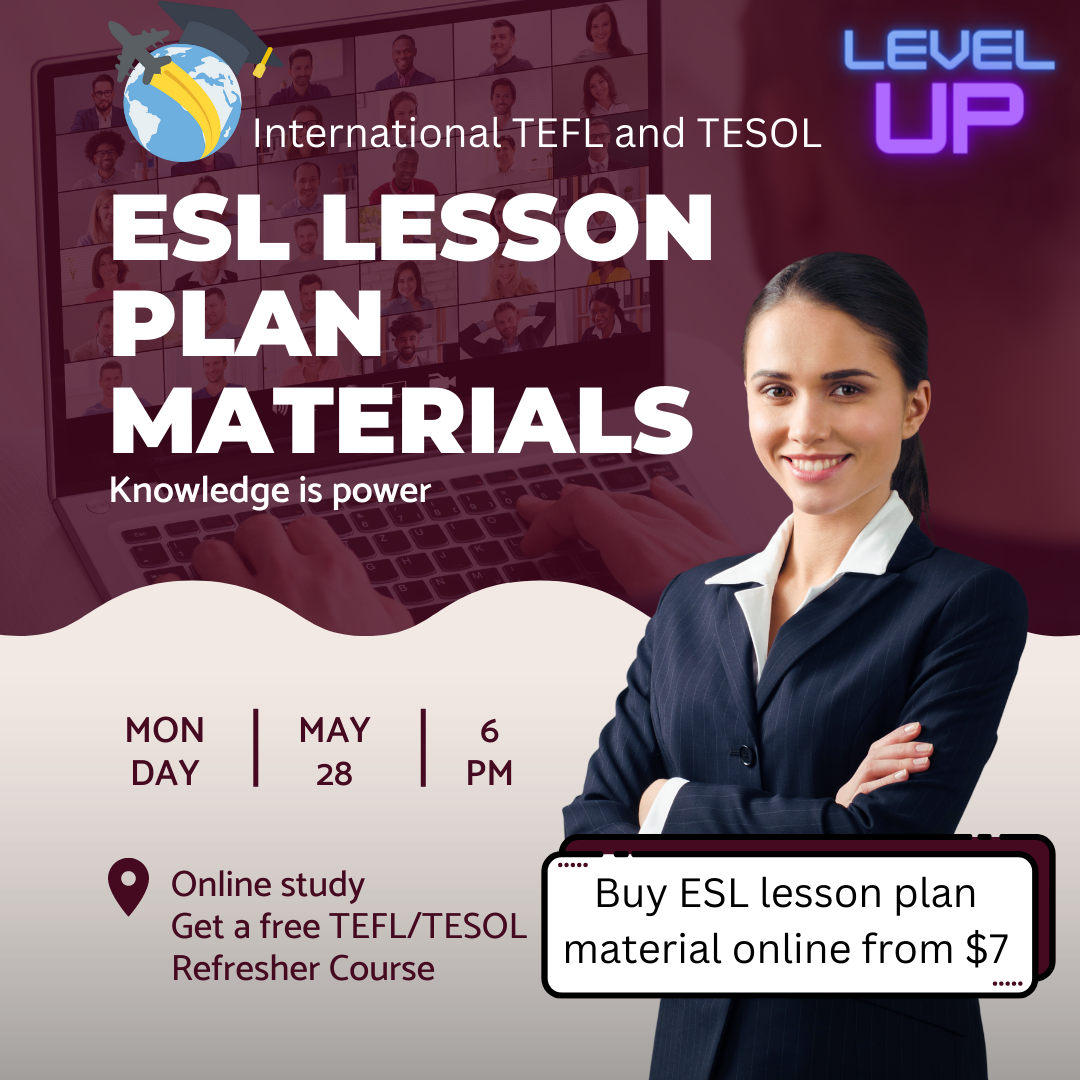ESL Worksheets and Lesson Plans for English teachers
We have lesson plan material for every student, beginners to advanced. Our lesson plans include plans for kids to teens, teaching grammar, writing, idioms, business English, general conversation and ielts exam prep.
Simply click on the material you want to purchase, make your payment and we will send you the material via email.
We have enough lesson plan material to last you a lifetime.
We also have Business English, TEYL, TEOL and TEAL certificates to boost your TEFL/TESOL resume
LESSON PLAN MATERIAL


Business English
There are over 20 GB of materials in this package. This is enough Business English material to last many years. You will never have to purchase material to teach Business English ever again.
$9
General English Conversation Materials
This is a great package for teaching students general English conversation. With 20 GB of material, you will never have nothing to talk about with your students.
$9
Idioms
With this package you can teach your students American and British Idioms. I highly recommend this package if your students want to sound and speak like a native English speaker
$9
Teach Writing Material
Everything you need to teach writing. This package is for beginners and advanced students. You’ll have enough material to teach your students for many years
$7
Teaching Grammar
This Grammar package includes around 30GB of material. All the material consists of Cambridge and Oxford learning activities. This package also includes audio lessons.
$14
Lesson plan material for Kids to Teens
You will have all the lesson plan material you will ever need. This package is great for teaching English to students aged 4 to 18. It’s perfect if you are a freelance teacher.
$14
Ielts Exam Prep
Do you have a student that is preparing for an ielts exam? This is the perfect package to help them. This ielts exam prep package also includes audio.
$11
120 hour TEFL e-book
Refresher TEFL e-book. Our TEFL e-book is designed to make you feel confident – to support you while you’re planning and while you’re in the classroom, for any circumstances.
$10
BOOST YOUR TEFL/TESOL RESUME WITH ADDITIONAL CERTIFICATES
Business English Certificate
Boost your resume or CV with this 120-hour teaching business English certificate.
$19
TEYL Certificate
Boost your resume or CV with this 120-hour teaching English to young learners certificate.
$19
TEOL Certificate
Boost your resume or CV with this 120-hour teaching English to online learners certificate.
$19
TEAL Certificate
Boost your resume or CV with this 120-hour teaching English to adult learners certificate.
$19
ESL Teaching Materials
Esl teaching materials
1. Textbooks and Workbooks:
2. Visual Aids:
3. Audio and Video Materials:
4. Interactive Multimedia Resources:
5. Authentic Materials:
6. Supplementary Reading Materials:
7. Online Resources and Websites:
8. Realia:
ESL Lesson Plans
1. Identify Learning Objectives:
2. Assess Students’ Language Proficiency:
3. Structure Your Lesson Plan:
4. Differentiation and Individualization:
5. Incorporate Language Skills:
6. Use Authentic Materials:
7. Flexibility and Adaptation:
Get TEFL/TESOL Certified Online From Just $89
Need a TEFL/TESOL certification? Take a look at the courses we offer.
